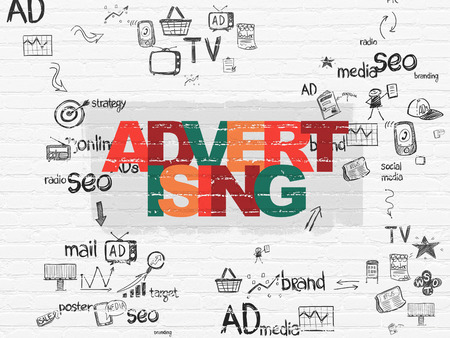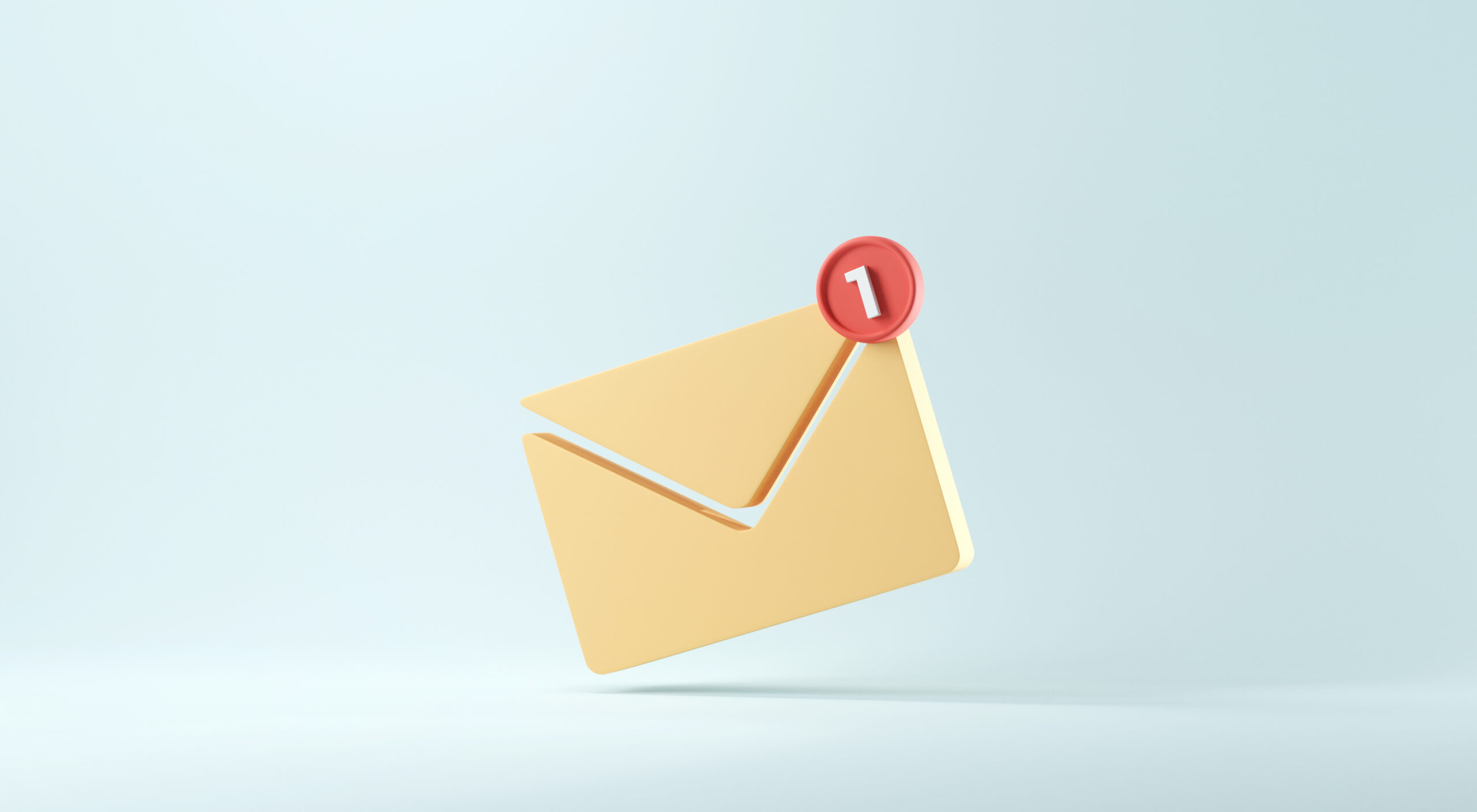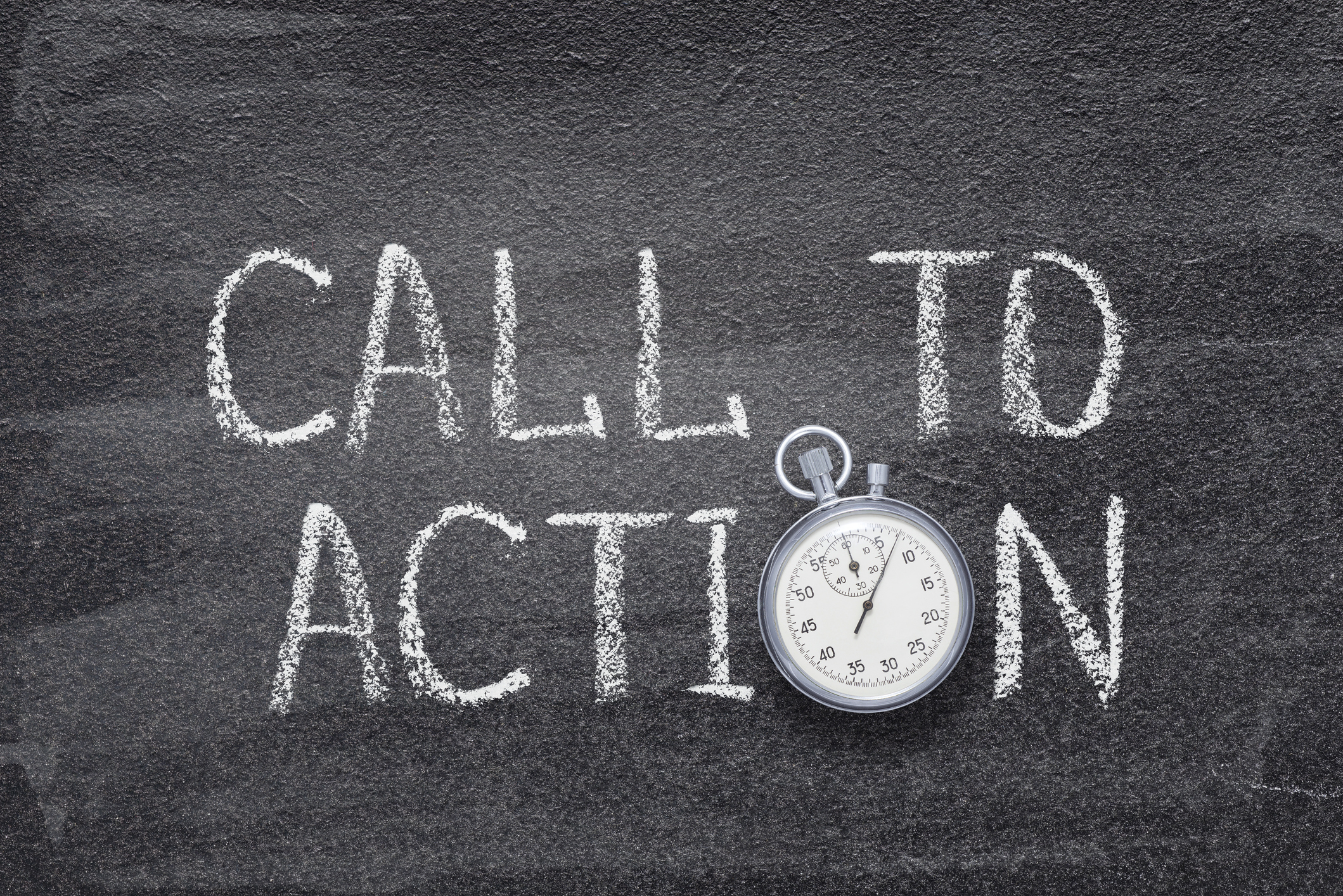Now that the computer has taken over the locus of most offices and businesses, I shouldn’t be surprised that when it comes to events and marketing, most people tend to only think of marketing online. This could be said for marketing for many businesses, not just for events, too.
However, just because the digital age is here does not mean that traditional marketing should be neglected. In reality, all of us here at NuMedia Marketing try to remind our clients – and everyone else – that it is the combination of both that truly rounds out the marketing efforts of most successful organizations.
Let’s talk about how to go about marketing for an organization event and how to marry together the traditional with the digital.
Promoting an event can seem like you are trying to paint a mural with a cotton swab, but if you remember that you are trying to do two things, it will make greater sense. You are probably trying to:
- Drive ticket sales (or registrations)
- Create buzz
Usually, you will actually be trying to do both at the same time, so you will want to make sure that your efforts are designated one or the other. In other words, if you try to do everything with one thing, your message will become diluted and confusing, which will lead to confusion in your prospect and NO SALE.
Be clear and purposeful
For each task, you will want to be certain your target market is clear and that you are going to be placing your information in a place where your desired audience will be.
Try a variety of strategies:
E-mail marketing
Create an email for each distinct audience and purpose. In other words, compose one email for Market A that describes the event and what they will get from it, perhaps link them to the website where they can get the details. Then compose a second email for Market A with text to encourage them to register for the event. Do the same for Audience B, C, etc.
After registration, you should send a thank you email and then a reminder before the event date. In other words, have an email marketing campaign designed and ready to launch.
Social Media
Create a hashtag dedicated to the event. Use it in your social media posting and encourage others to use it as well. Identifying the target audience(s) will highlight which social media platforms to use. Promote the event with engaging information, fun teasers, informational details, and, if it is a repeat event, photos, images, and videos from past events. Highlight attendees, speakers on the agenda, and special programs.
If you are interested, this would be a place to promote the posts and/or create paid ads online.
Now there is the ability to use Periscope, Facebook Live, and other resources such as a live tweet or a live blog. Be sure to plan ahead, announce the time and date, and have a script of what you wish to share.
Create a dedicated website
You will note that many big special events have their own website that includes all the information about the event down to the smallest detail. You will want this to be the hub of you online program – so be sure that any visitor can get everything they need, including purchasing tickets and/or registering. Link social media, emails, and blog posts back to this treasure of event information.
Blog about it, guest blog, and online radio and TV
Dedicate a couple of blogs to the event, interview past attendees, highlight speakers in interviews, and be sure to provide essential information like time, date, how to register, etc. Be a guest blogger, or a guest on local web TV or radio stations. Remember – find out where your audience is or goes – and meet them there!
Signage, flyers, and connections
Now let’s get into the traditional marketing of the event. Again, once you know where your audience goes, you want to have signs there that introduce them to the event and spark their interest. That means professional-looking posters with images that attract attention and print that makes it easy to read and get the message.
Pass out flyers to all the groups you encounter, networking events, classes, talks you schedule to promote the event. Connect with your colleagues and peers to invite them and encourage them to promote the event to their following. (At this juncture there might be an incentive you can offer such as free admission, special privileges, or a promotional item.)
You might consider direct mail marketing as well. Again, you have to know your target market to determine if this strategy is best for the circumstance.
Depending on the size of the event, you might even consider a billboard or traditional advertising in local papers, and on the local radio and TV stations.
Issue a press release
It might sound really old fashioned, but press releases still get attention – as long as they get in the hands of the right people – and the news and timing are right. You will want all the information included as well as a compelling story to go with it. Name names, identify sponsors, and provide the media outlet with the contact information for the principles, as well as some images for their use. Target the distribution to the area where your target audience is located.
The last thing you want to hear after the event is that someone is disappointed because they didn’t know anything about it. Combine your efforts to be present on digital platforms as well as traditional marketing channels. That way, you will hopefully connect with all the members of your audience.
Your event is, no doubt, an extension of your business, which means that your brand should be reflected in the event materials and marketing strategy. Consistency is key to making the event build your brand and business.
As we like to say here at NuMedia Marketing, ‘Branding is at the core of everything for & about your business.”
Bring your brand, your marketing, and your strategies together for a successful endeavor!






